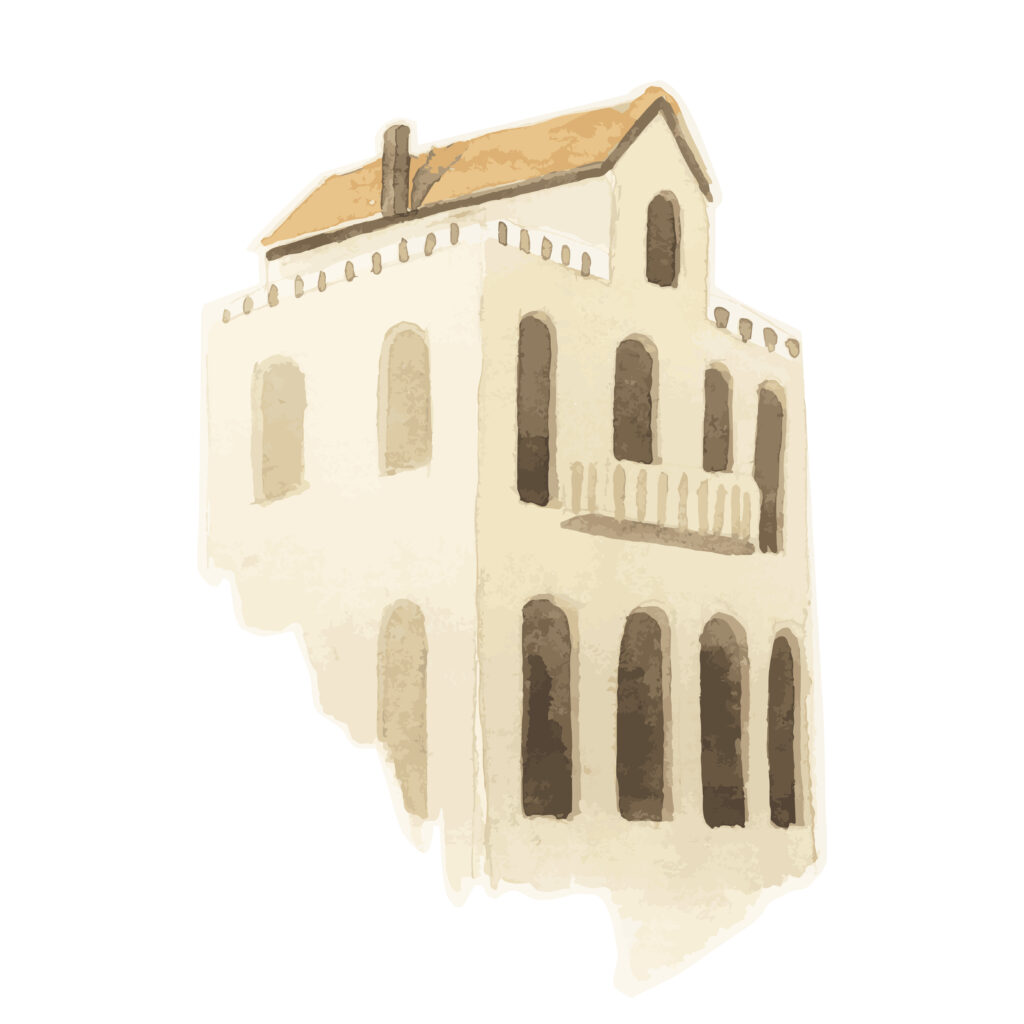Decarbonization is the “trending topic” of terms related to sustainability, energy and the environment. It is the process of reducing the amount of carbon dioxide (CO2) released into the atmosphere. Decarbonization means reducing climate change and dependence on fossil fuels, which are precisely those that emit CO2 when burned (clear examples are fuel-oil and coal). Decarbonization implies the use of cleaner energy sources, but also the adoption of technologies and methods to protect the environment and to reduce these emissions (the so-called “carbon footprint”).

However, what does this have to do with Cultural Heritage? Well, you will be surprised for sure, but it turns out that Heritage contribuyes many important things to decarbonization: the preservation of historical buildings, the reuse of spaces, the promotion of sustainable mobility, the promotion of cultural tourism and technological innovation in the assessment and the conservation of historical assets. In other words, it turns out that offers an environmentally friendly approach to urban planning and rural development.
If we go into a little more detail, you will see that Cultural Heritage can play a significant role in decarbonization and the fight against climate change. Here we provide you five ways to do so, but I´m quite sure your are able to think of some more (please tell us):
- Technological innovation applied to conservation1 of historic buildings (where CARTIF has a lot to say): here the sensitivity required by historic buildings implies the development of specific techniques and technologies, which have broader applications in reducing carbon emissions in other fields of construction and environmental management. The digitally based technical inspection, the preventive conservation and the intervention involving H-BIM avoid both ruin and/or demolition, as well as new alternative constructions, which significantly reduces the material and energy resources to be used for these purposes. Furthermore, and this is worthy of remark, the old buildings were designed and built up with techniques and materials that are inherently sustainable, taking advantage of aspects that we are “rediscovering” right now such as orientation, natural ventilation and the use of native materials.
- Reuse of spaces: Historical sites and buildings can be suitable adapted for new uses and transformed into living or working spaces with a level of comfort appropriate to the 21st century, which in the medium-long term saves resources compared to the construction of new substitute structures. This reuse contributes to greater energy efficiency and the reduction of carbon emissions.

- Adaptation and transcription of ancient professional techniques: historic places are examples of how antique societies adapted to environmental challenges (which have always existed) and how lessons learned in the past can be adopted today through proper understanding and technological shift of traditional techniques and uses (both materials and methods).
- Promotion of sustainable mobility: The preservation of historic centres in cities increasingly promotes sustainable mobility. In fact, they were desgined to move on foot, on horseback or in wagons and carriages. Therefore, they absolutely favour pedestrian accesibility and the use of public transport instead of private vehicles. This reduces dependence on fossil fuels and decreases greenhouse gas emissions.
- Development of sustainable cultural tourism: it is more than proven that sustainable cultural tourism can play an important role in the local economy and even in the region, encouraging more environmentally friendly practices such as waste management, conservation of biodiversity and the promotion of quality agri-food and crafts.
But, does Cultural Heritage really do that much? Obviously yes. Indeed, a lot. In line with the priorities of the European Green Deal and the EU´s climate ambition for 2030 and 2050, the European Cultural Heritage Green Paper emerged in 2021, where indeed it is already considered a driver of decarbonization and mirror upon which citizens see themselves as key actors in the actions needed on this regard.
Historic building and decarbonization is a bionmial over which the Cultural Heritage & Regeneration Committee of the European Construction Technology Platform has been working for years (CARTIF takes part of the Executive Board). Its latest strategic research agenda for the period 2021-2027, promptly refers to this. And it is an issue that has been deepen into recent plenary assemblies. It is no wonder when 24% of the residential buildings in Europe date back to before 1945, nearly half of them have historical value, and of this latter, 73% are located in cities, which is precisely where the alrgest carbon footprint is made.
From now on, will you see Heritage with an additional view further than cultural, religious and tourist ones? Another thing for you to know.
1 In line with UNESCO and ICOMOS usage related to tangible heritage, conservation is considered as the umbrella term to cover a range of preservation, conservation, restoration, (re)use, interpretation and management activities.
- Talking about everything visible and invisible (I) - 22 March 2024
- What does decarbonization have to do with Cultural Heritage? - 24 November 2023
- If you own an old sculpture or painting, take it to the dermatologist - 24 February 2023

